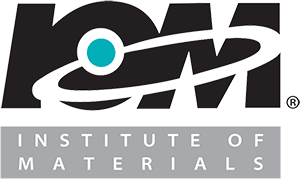"Utilizing The TEOST MHT To Evaluate Fundamental Oxidation Processes In Low Phosphorus Engine Oils"
Presented at 60th Annual STLE Meeting & Exhibition, Las Vegas, Nevada - 2005
2005
Written by William E. Moehle (Member STLE), Tyler W. Cobb, Emily R. Schneller and Vincent J. Gatto (Member, STLE), Albemarle Corporation, Baton Rouge, Louisiana
-- STLE 60th Annual Meeting in Las Vegas, Nevada, May 15-19, 2005.
Abstract: The Thermo-oxidation Engine Oil Simulation Test (TEOST) MHT protocol was used to generate information on deposits and the formation of polar volatile organic compounds. Fourier Transform IR (FTIR) was then used to analyze the level of oxidation in recovered TEOST used oil was well as in the collected volatiles. Data was generated comparing different antioxidant systems in molybdenum-containing and molybdenum-free low phosphorus engine oil formulations. The results show a surprising difference in deposits, volatiles and carbonyl oxidation based on the presence or absence of molybdenum, and also based on the type of antioxidant system selected. The amount of volatiles produced in the TEOST is related to well-established oxidation mechanisms and also explains specific oxidation processes sometimes seen in Sequence III engines. A mathematical definition of antioxidant effectiveness or "robustness" is proposed that combines TEOST deposits and volatiles measurements with FTIR carbonyl oxidation measurements. These results strongly suggest that analysis of TEOST used oils and volatiles may provide valuable information regarding oxidation in other bench tests as well as potentially in fired engines.




